Have you ever wondered how many animals live beneath our feet? There’s an entire underground world full of fascinating creatures that spend most—or even all—of their lives below the surface. These subterranean animals have adapted over time to environments with little light and oxygen. In this unique ecosystem, you can find fungi, bacteria, microscopic organisms, insects, reptiles, and even mammals.
In this article, we’ll explore 8 remarkable animals that live underground, learn about their behaviors, and discover why some species, like moles, never leave their tunnels.
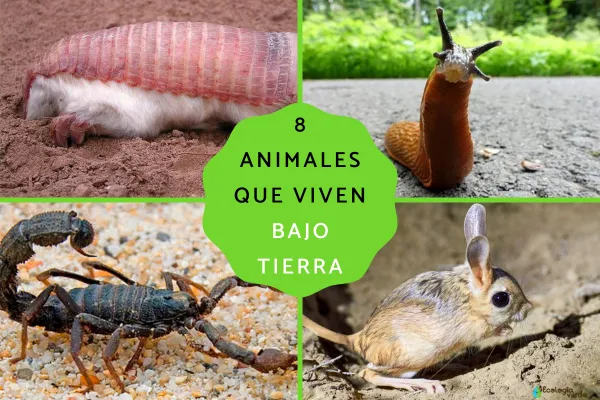
Despite the name, camel spiders are not true spiders. They belong to the order Solifugae and are often covered in light or dark brown hairs. Their bodies are divided into two main regions: the cephalothorax (which includes the head, jaws, and pedipalps) and a segmented abdomen.
Camel spiders are nocturnal predators that hide under the ground or rocks during the day to avoid the sun. At night, they emerge to hunt, using their powerful chelicerae (mouthparts) to tear apart prey. They live mostly in desert regions and are known for their speed and aggression.
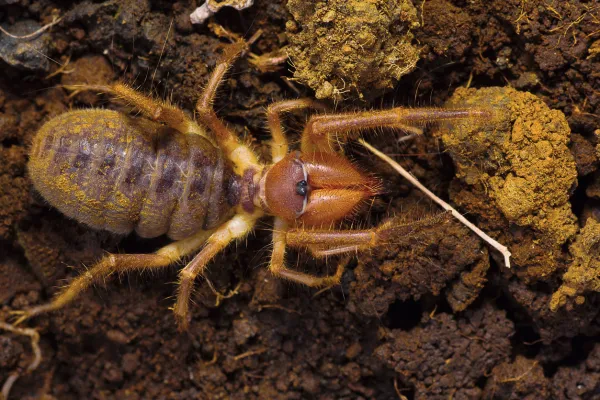
The pink fairy armadillo (Chlamyphorus truncatus), also known as the pichiciego, is the smallest species of armadillo, measuring only 7 to 11 centimeters in length. It has a distinctive pink shell that contrasts with its pale fur.
This mammal is an expert digger and is mostly active at night. It builds tunnels near ant nests and can quickly burrow into the ground if it feels threatened. Due to its elusive lifestyle, very little is known about this rare and fragile species.
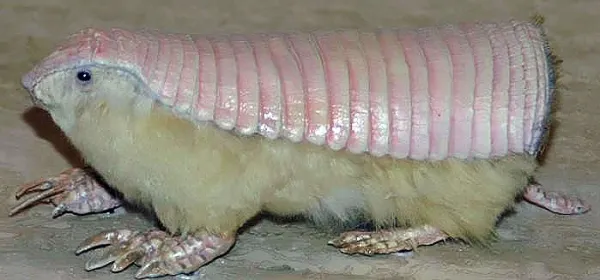
Slugs are shell-less gastropod mollusks with elongated soft bodies that can range from 1 to 15 centimeters long, depending on the species. These creatures are highly sensitive to temperature changes and are most active in cool, moist conditions.
During periods of frost or drought, slugs retreat underground to protect themselves. They require moisture to produce slime, which is essential for both movement and protection. Their underground hiding spots help them survive during dry or cold seasons.
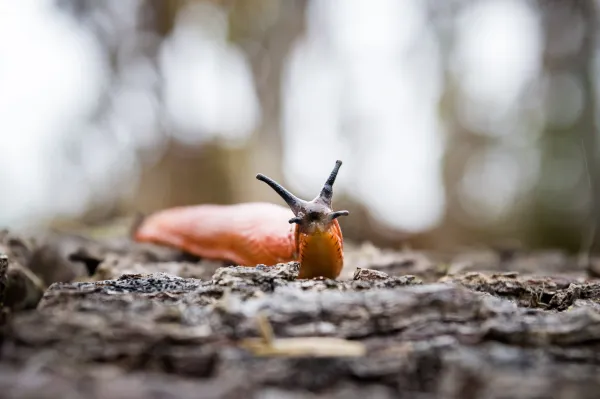
scorpions.html">Scorpions are venomous arthropods with segmented bodies, large pincers, and a curved tail tipped with a venomous stinger. They are typically found under rocks, logs, or shallow soil during the day and become more active at night.
scorpions.html">Scorpions live in a variety of habitats—from lush forests to arid deserts. They feed on spiders, insects, and other small invertebrates. Their ability to hide beneath the surface during the heat of the day makes them expert subterranean hunters.
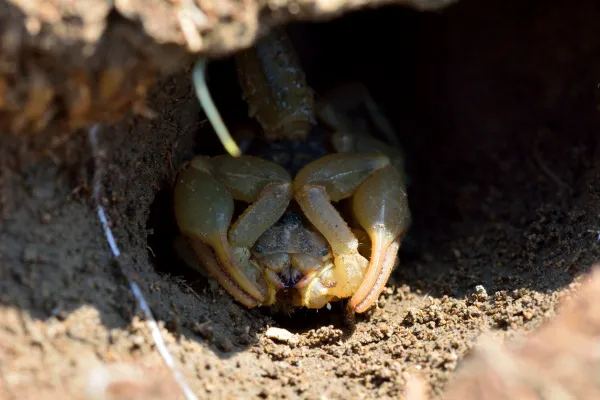
Ants are social insects that can be found almost everywhere on Earth, but are especially abundant in tropical forests. They live in highly organized colonies, often constructing elaborate underground nests or mound-shaped structures.
Ant colonies contain complex tunnel systems with multiple chambers for food storage, nurseries, and the queen’s chamber. Worker ants emerge from the nest to gather food, which includes plant matter, seeds, fungi, and even animal carcasses. Their role in soil aeration and nutrient cycling makes them essential to underground ecosystems.
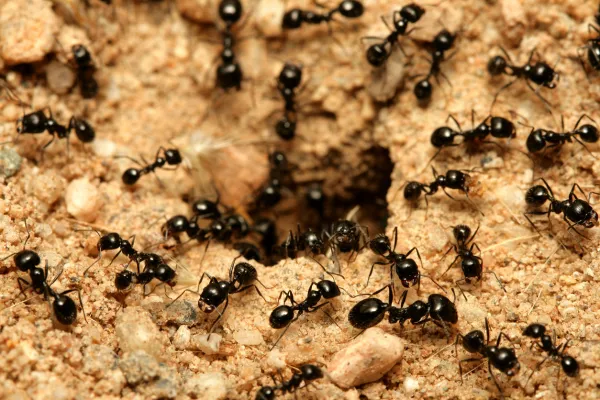
The jerboa, or Mongolian gerbil, is a small rodent that closely resembles a mouse, with a long tail and fur-covered body. It lives in the sandy and arid regions of Mongolia and northern China.
This nocturnal mammal spends daylight hours inside its underground burrow to stay safe from predators and heat. At night, it emerges to forage for seeds and plants. Its burrow system serves as both shelter and a food storage site.
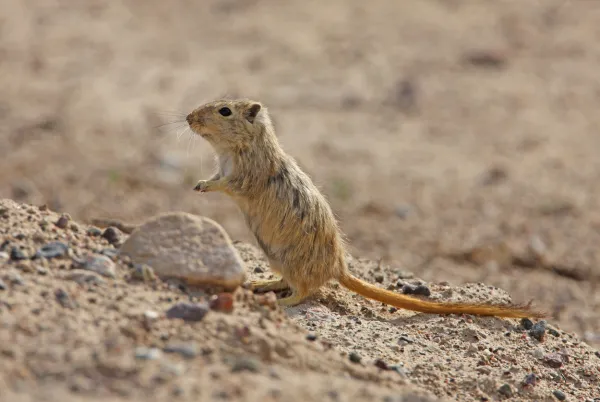
Earthworms are soft-bodied invertebrates with segmented, cylindrical bodies typically measuring between 10 and 30 centimeters. They spend nearly their entire lives underground, where they play a vital role in soil health and fertility.
During the day, earthworms burrow through the soil, helping to aerate and mix it. At night, they may surface to feed. They consume decaying plant material and other organic matter, effectively recycling nutrients back into the ecosystem.
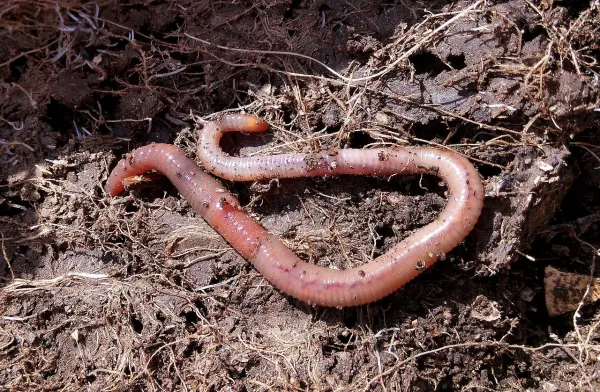
Moles are small, furry mammals with short limbs adapted for digging. They have tiny or underdeveloped eyes, as vision is not essential for their underground lifestyle. Their pointed snouts and powerful forelimbs allow them to create extensive tunnel systems, known as burrows.
Moles feed mainly on earthworms but also consume insects, small reptiles, and tubers. While digging, they often push soil to the surface, creating characteristic molehills. These animals rarely leave their tunnels and are perfectly suited for life beneath the soil.
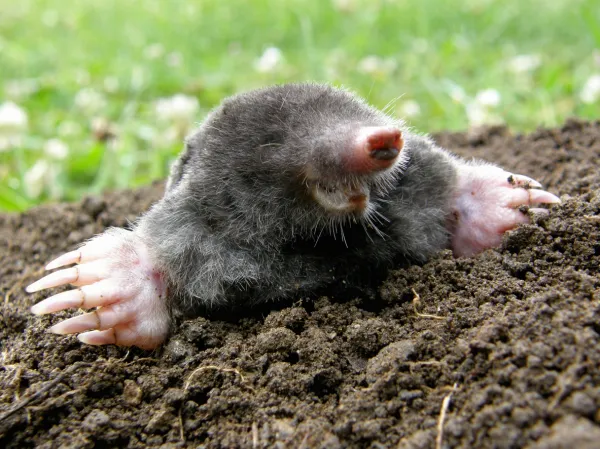
Underground animals are essential to maintaining healthy ecosystems. They help aerate the soil, decompose organic material, regulate insect populations, and contribute to nutrient cycling. Despite being hidden from sight, these creatures play crucial roles in supporting life above ground.
animal tags: underground animals
We created this article in conjunction with AI technology, then made sure it was fact-checked and edited by a Animals Top editor.